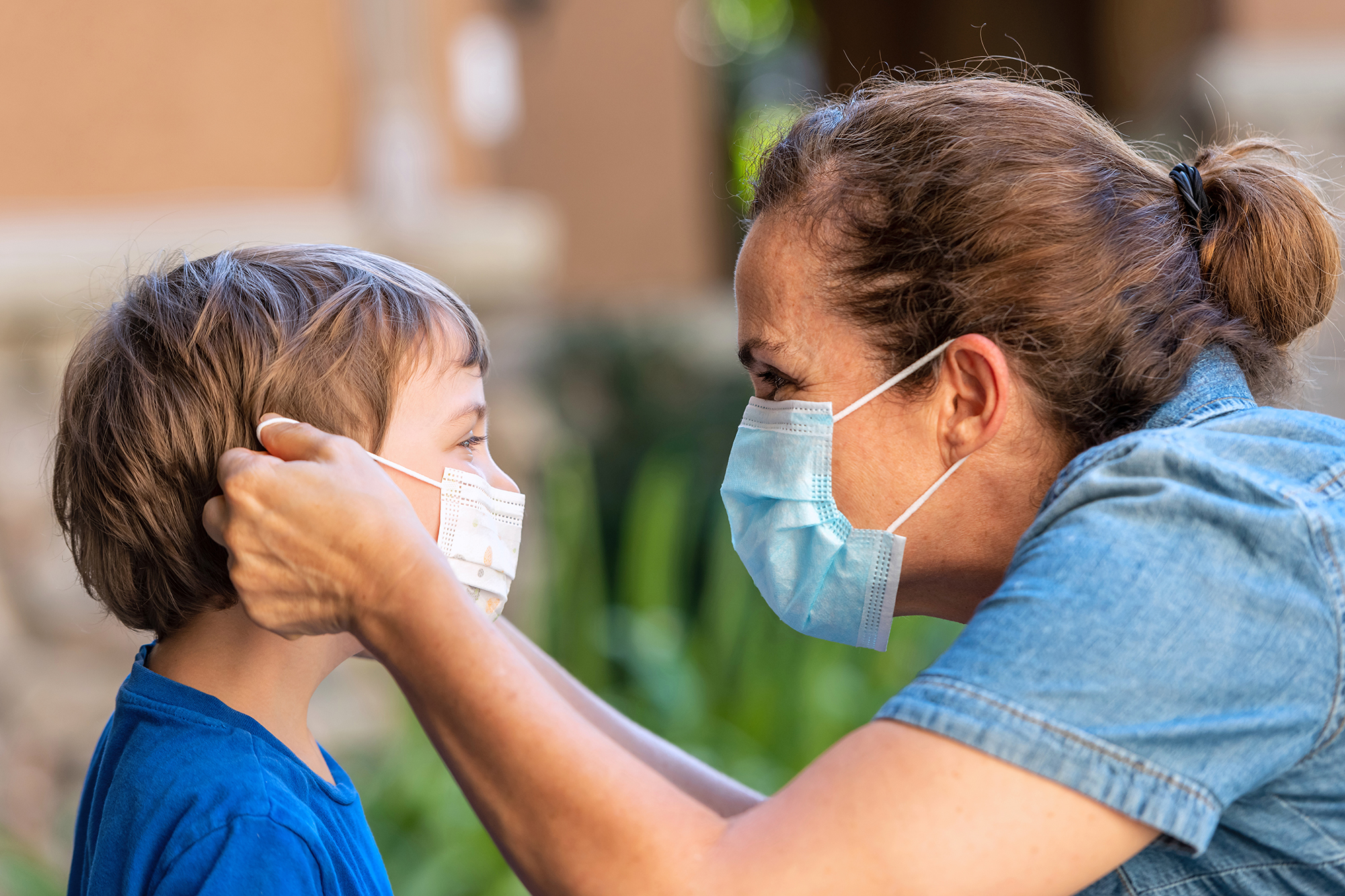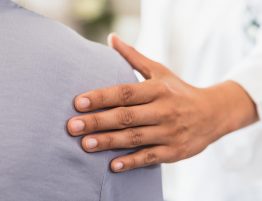

Children of all ages can become ill with COVID-19. But most who are infected typically do not become as sick as adults and some might not show any symptoms at all. As a new virus, scientists, doctors, and health experts have been working diligently to understand more about it to develop a vaccine, provide aid to those infected, and to keep the population healthy.
According to the U.S. Centers for Disease Control and Prevention (CDC), among the nearly 150,000 cases of COVID-19 in the U.S. between Feb. 12 and April 2, approximately 2,500, or 1.7%, were in children. This is similar to what has been reported in other countries, such as China and Italy, that have had large outbreaks. Hospitalization rates for children have been much lower than for adults.
Children with certain underlying conditions, such as type 2 diabetes, are at higher risk of serious illness with COVID-19. Additionally, those who have congenital heart disease, genetic conditions or conditions affecting the nervous system or metabolism are also at higher risk of serious illness with COVID-19.
Although rare, children under age 1 are at higher risk of severe illness with COVID-19. This is possibly due to their immature immune systems and smaller airways, which make them more likely to develop breathing issues with respiratory virus infections.
A study of more than 2,100 children with suspected or confirmed COVID-19 in China between January 2020 and early February 2020 showed that just under 11% of infants had severe or critical illness. In comparison, rates of severe or critical illness were about 7% for children ages 1 to 5, 4% for those 6 to 10, 4% for those 11 to 15 and 3% for those 16 and older.
Newborns can become infected with the virus that causes COVID-19 during childbirth or by exposure to sick caregivers after delivery. The American Academy of Pediatrics recommends special care for newborns born to women who have confirmed or suspected COVID-19. This may include temporarily separating the mother and the newborn to decrease the risk of infection, monitoring for signs of infection, and, if supplies are available, testing the newborn for COVID-19.
Depending on the circumstances, infants who have COVID-19 or can’t be tested due to a lack of availability and have no symptoms might be discharged from the hospital. It’s recommended that the baby’s caregivers wear face masks and wash their hands to protect themselves and others. Frequent follow-up with the baby’s health care provider is needed — by phone, virtual visits or in-office visits — for 14 days.
Children’s COVID-19 Symptoms
While children and adults experience similar symptoms of COVID-19, children’s symptoms tend to be mild and cold-like. Most children recover within one to two weeks. Symptoms can include:
-
- Fever
- Runny nose
- Cough
- Fatigue
- Muscle aches
- Vomiting
- Diarrhea
If your child has symptoms of COVID-19 or you think they might have COVID-19, call your child’s health care provider. Keep your child at home and away from others as much as possible, except to get medical care. If possible, have your child use a separate bedroom and bathroom from family members. Follow recommendations from the CDC regarding quarantine and isolation measures as appropriate. If the child begins to experience emergency symptoms, alert the nearest emergency room before visiting.
How to Keep Your Child Healthy
-
- Parents and caretakers play an important role in teaching children to wash their hands. Explain that hand washing can keep them healthy and stop the virus from spreading to others.
- Be a good role model—if you wash your hands often, they’re more likely to do the same.
- Make handwashing a family activity.
- Have your children stay at home to practice social distancing. If that is not possible, children over the age of 2 should wear a mask. Make sure their mask covers their nose and mouth and fits properly.
- Masks are meant to contain droplets. Kindly let others know if they are not wearing their mask correctly.
- Encourage your child to play outdoors—it’s great for physical and mental health. Take a walk with your child or go on a bike ride.
- Use indoor activity breaks (like stretch breaks or dance breaks) throughout the day to help your child stay healthy and focused.
- Help your child stay socially connected by reaching out to friends and family via phone or video chats.
What happens if you get sick with COVID-19?
COVID-19 can look different in different people. For many people, being sick with COVID-19 would be a little bit like having the flu. People can get a fever, cough, or have a hard time taking deep breaths. Most people who have gotten COVID-19 have not gotten very sick. Only a small group of people who get it have had more serious problems.
If you do get sick, it doesn’t mean you have COVID-19. People can get sick from all kinds of germs. What’s important to remember is that if a child does get sick, the adults at home are ready to care for them.








